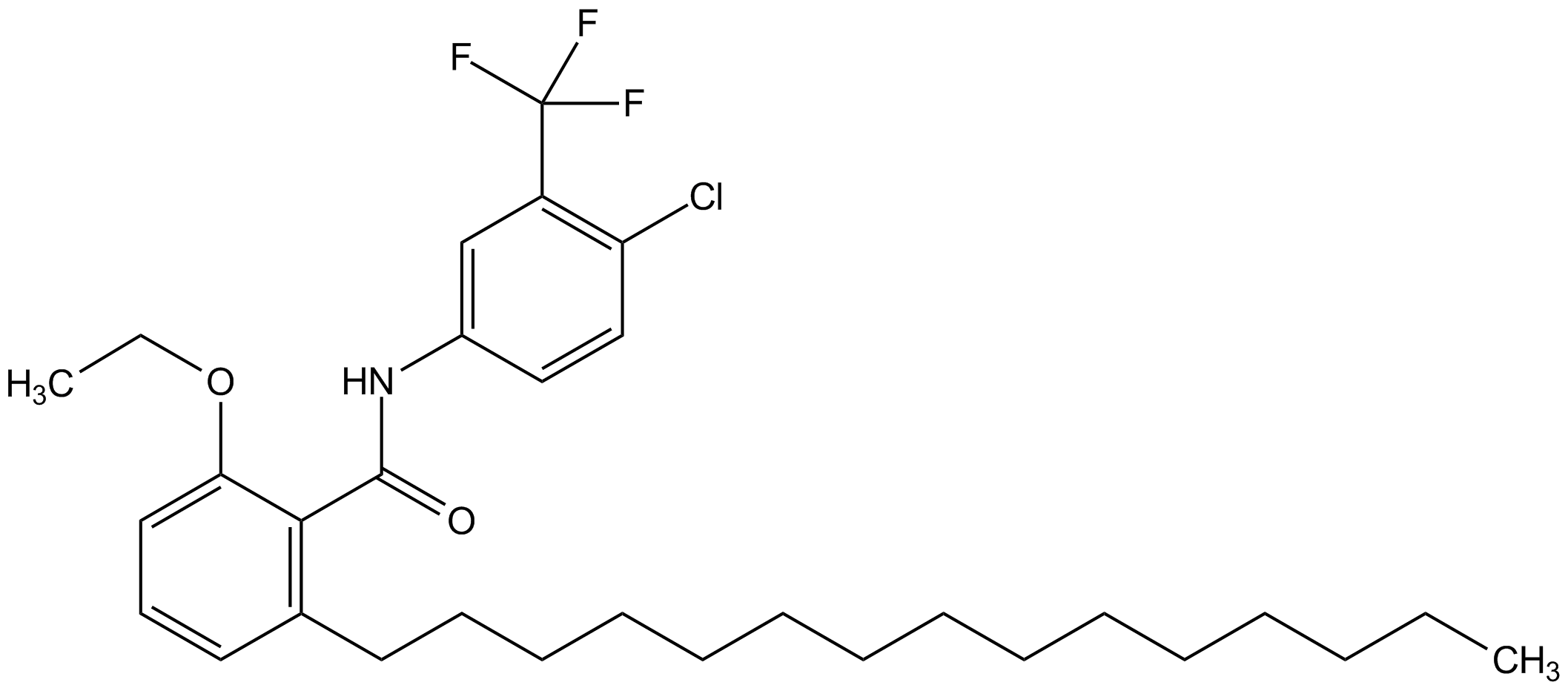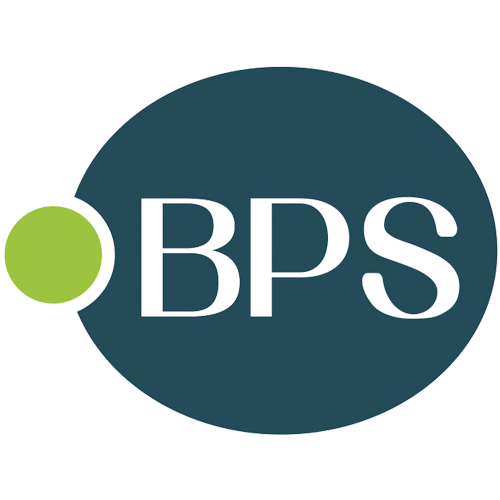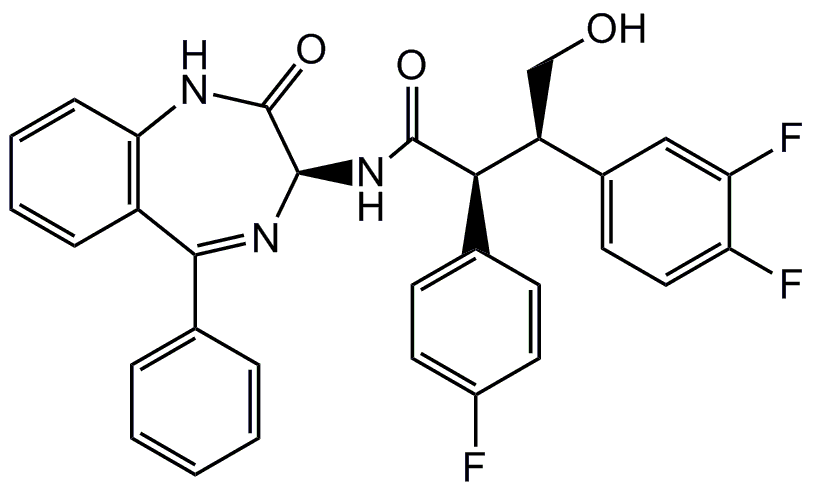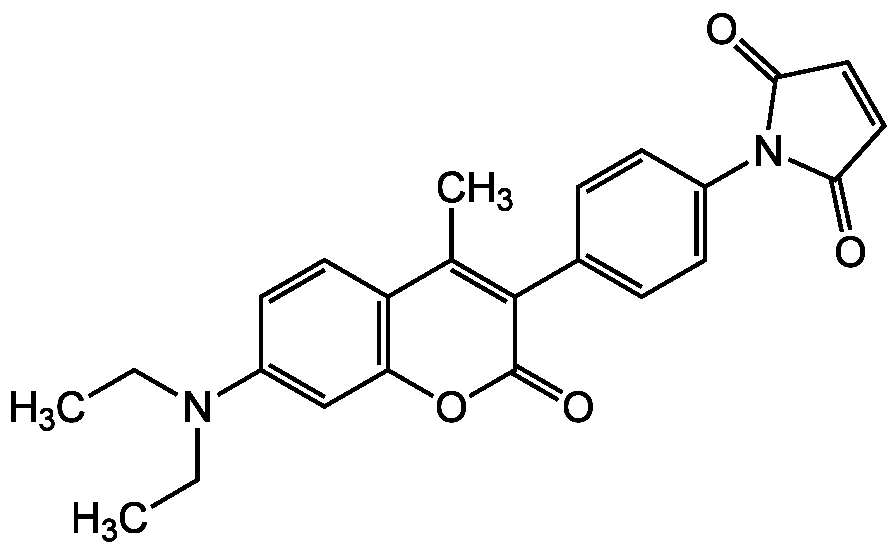
Chemical Structure
CTPB
AG-CR1-0141
CAS Number586976-24-1
Product group Chemicals
Estimated Purity>98%
Molecular Weight554.1
Overview
- SupplierAdipoGen Life Sciences
- Product NameCTPB
- Delivery Days Customer10
- CAS Number586976-24-1
- CertificationResearch Use Only
- Estimated Purity>98%
- Molecular FormulaC31H43ClF3NO2
- Molecular Weight554.1
- Scientific DescriptionChemical. CAS: 586976-24-1. Formula: C31H43ClF3NO2. MW: 554.1. Potent activator of p300 HAT (histone acetyltransferase) activity, which has an important role in regulation of gene expression. Does not show PCAF (p300/CBP-associated factor) HAT activities. Membrane-impermeable that requires a carrier to pass the membrane barrier of cells. - Potent activator of p300 HAT (histone acetyltransferase) activity, which has an important role in regulation of gene expression. Does not show PCAF (p300/CBP-associated factor) HAT activities. Membrane-impermeable that requires a carrier to pass the membrane barrier of cells.
- SMILESCCCCCCCCCCCCCCCC1=C(C(=O)NC2=CC(=C(Cl)C=C2)C(F)(F)F)C(OCC)=CC=C1
- Storage Instruction-20°C,2°C to 8°C
- UNSPSC12352200







![CTPB [586976-24-1]](https://www.targetmol.com/group3/M00/36/1C/CgoaEGayOA6EDEy1AAAAABtPwjg352.png)